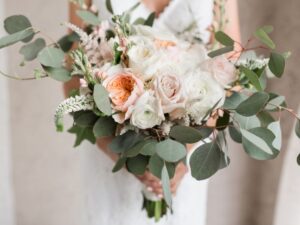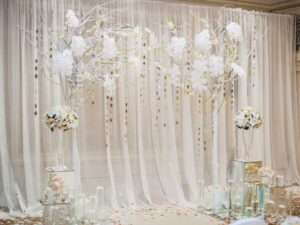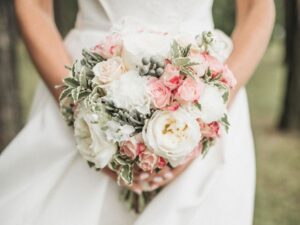Wedding photographers are responsible to capture all the highlights of a wedding ceremony. You must have patience and quick reflexes to succeed in the business of wedding Christophe Viseux Photography. Spend your time watching the guests and waiting for those special moments to be captured on this memorable day.
What is Wedding Photography?
The art of wedding photography involves capturing the most special moments at a wedding. Photographers who specialize in wedding photography use portrait and documentary photography techniques to capture memorable moments that include the bride and groom as well as their families. This type of photography may also include the day leading up to the ceremony.
What equipment do you need to photograph a wedding?
To capture the most memorable moments of a wedding shoot, you will need to have a few key pieces.
Camera: Choose a camera that meets your needs and produces high-quality images. A DSLR or mirrorless camera will work. Choose a fast shutter speed and reliable autofocus when choosing a camera. Although you can make adjustments to the wedding photos after the ceremony, the final outcome will be determined by the quality of the original images.
Lenses: Wide-angle zooms work well for candid photos and group photoshoots. Macro lenses are better for small details, such as rings, table settings or bouquets. You can keep a variety lenses in your bag for different situations and shots.
Diffusers and external flashes: There are occasions when weddings are held at night or in places with low natural light. Your own light source will allow you to control lighting and prevent blurry photos. You can add a flashgun, flashgun, or external flash to your camera’s arsenal.
Read Also: https://www.advisewedding.com/tips-for-wedding-photography/
Additional accessories: To ensure that you always have backups in case your main gear fails, keep extra batteries, chargers and memory cards in your camera bag. A backup camera is recommended if you can.
These nine tips will help you improve your wedding photography skills, whether you are a novice or a professional.
1. Get to know your gear: Be familiar with all aspects of your equipment, including lenses, settings and shooting modes.
2. You can bring help: A second photographer may be able to simultaneously capture different angles. Your fellow photographer can help you capture all the candid moments so that you have enough time to photograph the more important, emotional moments.
3. Preparation: Weddings are unpredictable and stressful. You should be prepared for any eventualities. You should have a backup plan.
4. Be aware of who you are shooting: A wedding day is all about the couple and their friends and families. To get a list of guests or seating arrangements, you can familiarize yourself with the people that you will be photographing for your wedding album.
5. Make sure you are familiar with the venues. Visit the venue prior to the wedding to check out the layout and lighting options. Visit the location before you shoot the wedding. You can prepare for any obstacles, such as poor lighting or an obstructional landscape, that may arise on the wedding day.
6. Create a shotlist: A shot list will help you remember the most important moments of the ceremony. This includes the groom’s first glance at the bride, the bridal party getting ready for the wedding, family moments, the flower girls walking down the aisle, and the cake-cutting ceremony.
7. Bold: To capture the intimate moment between the bride-to-be and the groom on the dancefloor, you must be in a prominent location. You want to capture the most flattering angles without appearing intrusive.
8. Pay attention: Always be alert and watchful. You should avoid distractions that could cause you to miss a special moment such as the couple’s first dance.
9. Photograph different angles: You don’t have to stick with the traditional poses that are used in wedding photos. Do not settle for one shot. Memorable images can be created by taking multiple photos from different angles.


